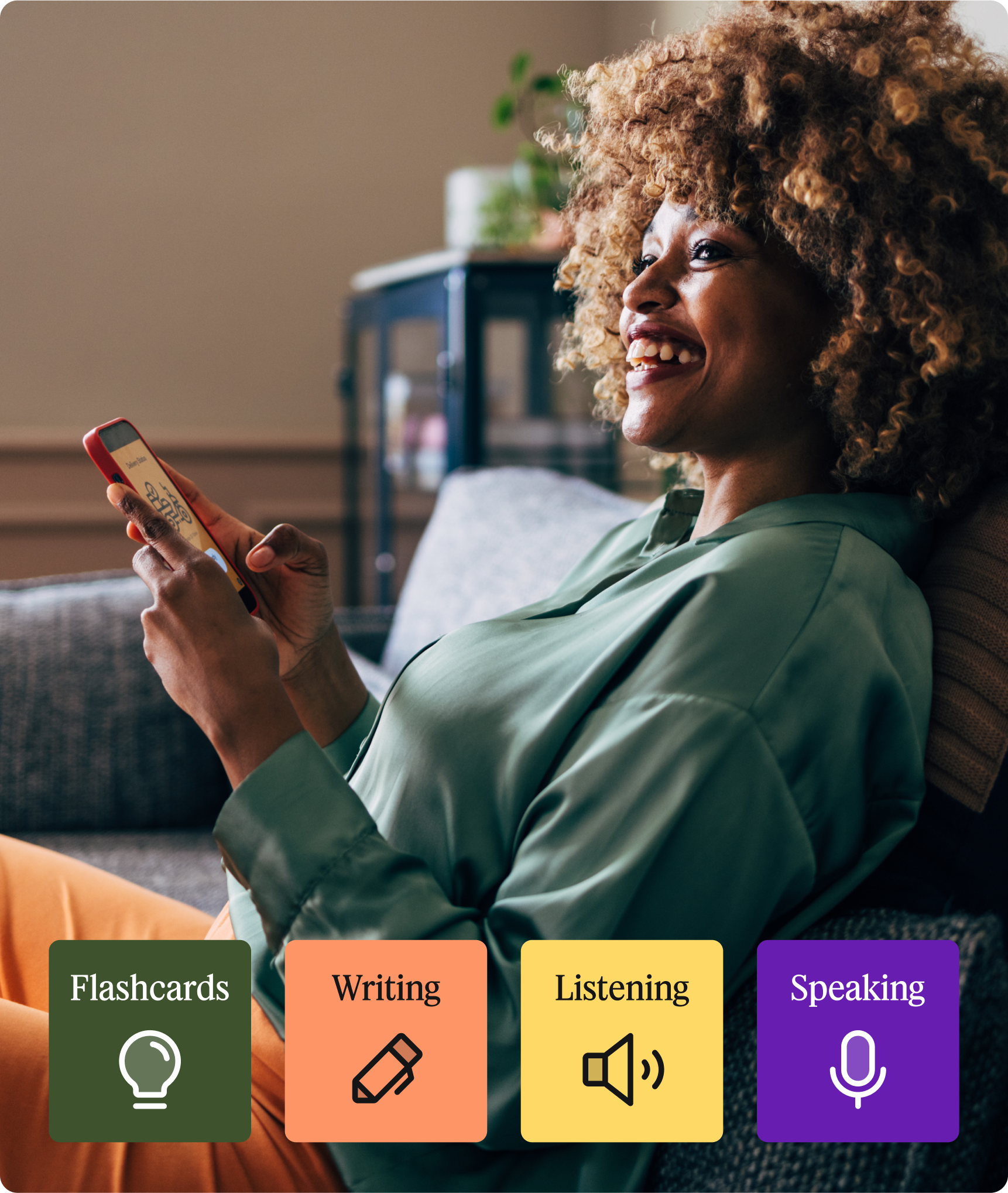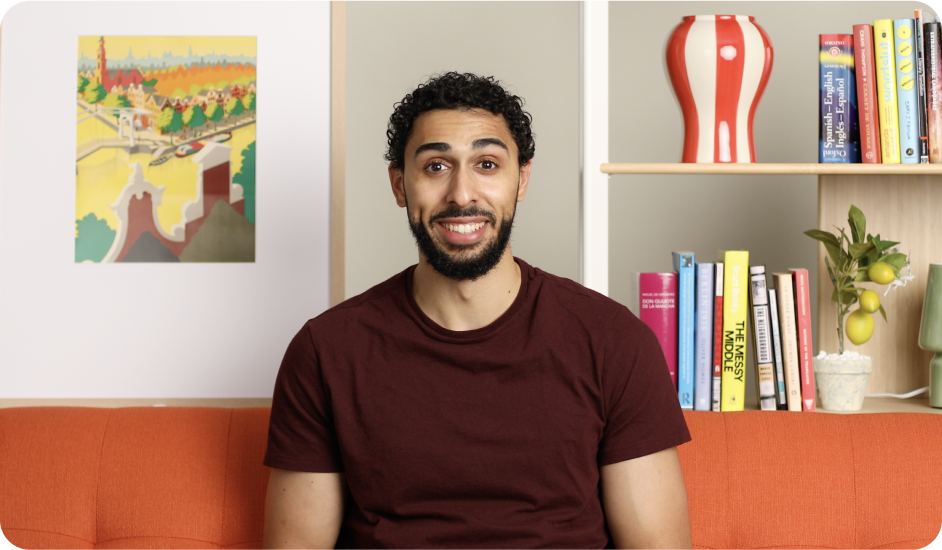Award-winning courses to explore at your own pace
Access expert-crafted lessons, games, and podcasts that spark real conversations
Create an effective routine that fits your schedule
Learn at your own pace and level

Access expert-crafted lessons, games, and podcasts that spark real conversations
Create an effective routine that fits your schedule
Learn at your own pace and level
Practise speaking in small groups led by world-class instructors
Choose from hundreds of classes that fit your schedule
Take as many classes as you like — it’s unlimited!
Have real conversations faster. Whether you’re learning with the award-winning app or accessing live online classes taught by world-class teachers, the Babbel Method is designed to get you speaking within just three weeks.
Subscriptions Sold
of users improved their proficiency in just 2 months*
team of language experts
With Babbel, you’ll learn practical and useful skills that you can apply right away — so you can reach your goal of having real-life conversations faster.
Achieve your goals with course material that’s tailored to your proficiency level, interests, and time commitment. Stay motivated with real-time feedback, progress trackers, and handy visualizations.
It’s like having a private tutor in your pocket.
Sharpen your pronunciation using speech recognition. Build your conversation skills with engaging, interactive dialogues. Get helpful grammar tips while reading, writing, listening, and exploring culture bites.
MIllions of 5-star reviews.**
Celeste | Excellent Babbel is excellent - short and sweet and effective lessons and great quick review which is key to remembering. I love it! I’m learning Dutch!!
Roslyn | Excellent Babbel has helped me to get a good grasp of the language in a fun and challenging way. I enjoy the dialogues and scenarios, which include helpful phrases that can be used in various situations.
Andrew | Excellent Almost like real immersion. Practical dialogues that will be useful when I’ll have conversations in Italian.
Pat | Excellent Great way to learn a language. Fun, interactive, and engaging. I am enjoying the course immensely and would recommend it to anyone who wishes to learn a second language
Helen | Excellent I love this bite-sized, very clever language learning design. Genius!
Want to immerse yourself in your new language? Dive into a world of language learning content.
Listen as Babbel experts reveal language secrets and give you an inside look at local culture.
Explore stories from around the world, get language learning tips and dive deeper into different cultures.
*Vesselinov, R. and Grego, J. The Babbel Efficacy Study. New York 2016. **Interviews conducted in USA






